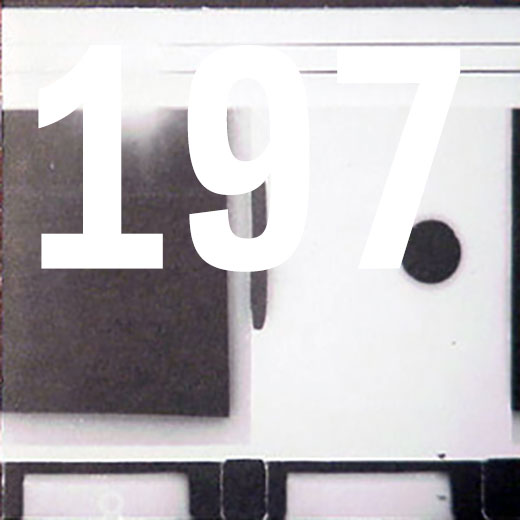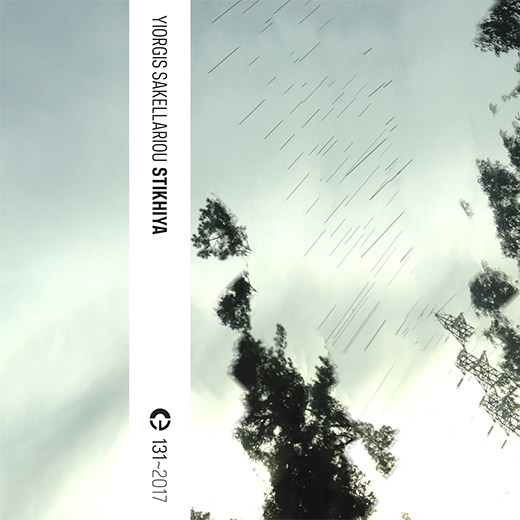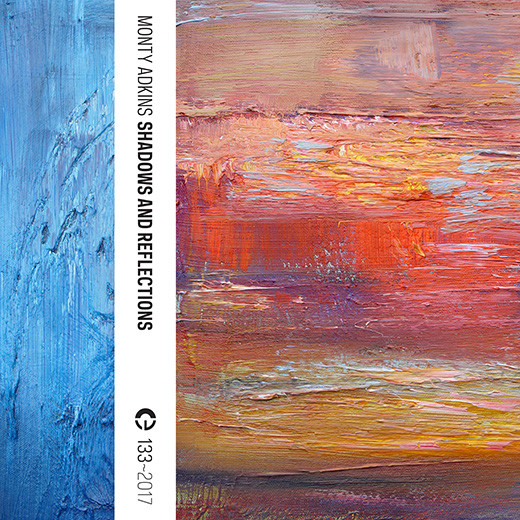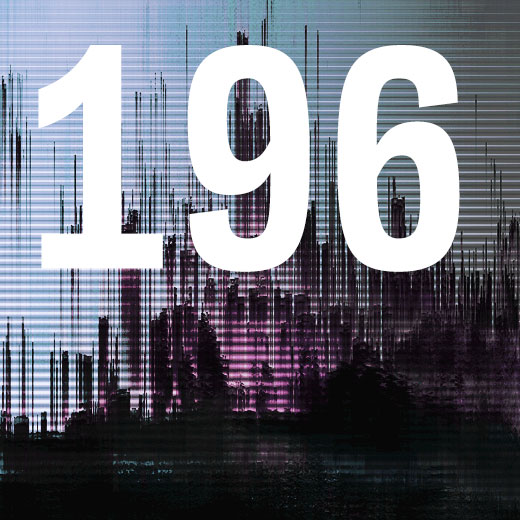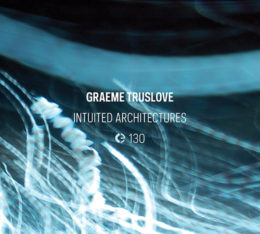
Nel greco classico ci sono due parole per indicare il tempo. “Cronos†indica il tempo che scorre uguale e può essere misurato (per cui parliamo di “cronologia†o “cronometroâ€), “kairos†indica invece un tempo speciale, una occasione particolare (la prima volta che sono stato a un concerto, ad esempio, o il giorno del matrimonio) o una durate particolare (se sto con la mia fidanzata il tempo corre mentre se mancano due minuti al novantesimo e la Juva sta vincendo 1-0 ma è sotto assedio, per il nostro direttore questi 120 secondi sembrano ore). Une etichetta che abbia come nome “Crónica†ha di sicuro a che fare con il tempo. Nell’ultimo paio d’anni, mi sono ritrovato più volte ad ascoltare e recensire dischi e cassette dell’etichetta portoghese e devo dire che, nonostante la varietà di musicisti coinvolti, il tenore musicale è sorprendentemente omogeneo, sia come atmosfere che come qualità . Spesso, inoltre, altro tratto comune, i musicisti operano in ambito accademico, attraverso manifestazioni, concorsi e festival che promuovono nuove produzioni. Da questo punto di vista, il lavoro del musicista scozzese è una buona occaione per ffare il punto della situazione. Truslove è impegnato fell’Università di Glasgow oltre che in varie manifestazioni internazionali. “Intuited Architectures†reccoglie composizioni già presentate in contesti diversi. Alcune richiamamno le sonorità di @c, che non a caso sono i boss della label (“Suite II, Convergenceâ€, “Suite II, Divergent Dialogues†e na finale “Strataâ€). In altre, la deriva elettronica si combina a cinguetti (“Elementsâ€) e gracidare misto a um basso pulsante (“Concrètisations Xâ€). Lo spettro sonoro à comunque caratterizzato ora da cigoli e brussi, ora da un tappeto sonico che sembra transportato da un vento elettronico. Si parte, quindi, con il rombo ventodo di “Suite II, Portals†attraversato di incursioni elettroacustiche, tutto un susseguirsi di vuoto e pieni un po’ fracassone. Segue “Suite II, Convergence†più lirica, sospesa ed emozionale, meno variegata ma anche meno monotona, con i suoi riflessi cangianti come onde marine su una spiaggia urbana. “Suite II, Divergent Dialogues†mette in fila sghemba, come farebbe un bambino, una serie di suoni come ciottoli in un giardino zen. Dal vuoto di questo pezzo si passa al pieno di “Elementsâ€, un muro di rasoiate elettroacustiche che lentamente si rischiara lasciando spazio a cinguetti digitali che si dilenguano prendendo il volo. “Concrètisations X†sembra un gracidade distorto in ruggiti e singulti sincopati che vanno ad incontrare altre sonorità come paesaggi eterogenei da esplorare, guardinghi e curiosi, in cui il cammino si fa attenzione oltre che tensione. Concludono in venti minuti di “Strata†che partono e ripartono da suggestioni di “Ab OVO†degli @c, in cui grumi sonori si sciolgono e distendono per poi rotolare di nouvo, pensosi, su se stessi. Il titolo del disco parla di “architetture intuiteâ€. Potrebbero essere un corrispettivo architettonico del sculture di Calder, delle sculture “sonoreâ€, che nello spazio vibrano e, giocando, il movimento dispiegato nel tempo crea dei suoni. La composizione à così una organizzazione dinamica, vibratile, dello spazio vibrano e, giocando, il movimento dispiegato nel tempo crea dei suoni. La composizione è così una organizzazione dinamica, vibratile, dello spazio nel tempo, una “scultura di tempo†o — forse meglio ancora — riprendendo l’immagine architettonica, una urbanistica kairologica, in cui ogni momento si dischiude a una sorpresa, nel gioco tra ordito e trama. In realtà più che di architetture potremmo parlare di paesaggi, in modo particolare quelli urbani segnati da rovine e luoghi dismessi. Qualcosa che porta impressa l’usura del tempo, da cui à inciso e screpolato, ma ancora solido, in una alternanza di spazi vuoti e pieni, pareti intere e parete crollate. Finestre diroccate, scorci, macerie: ecco l’immaginario poetico che la Crónica sta liricamente computando, con pazienza e metodo. (8) Girolamo Dal Maso
